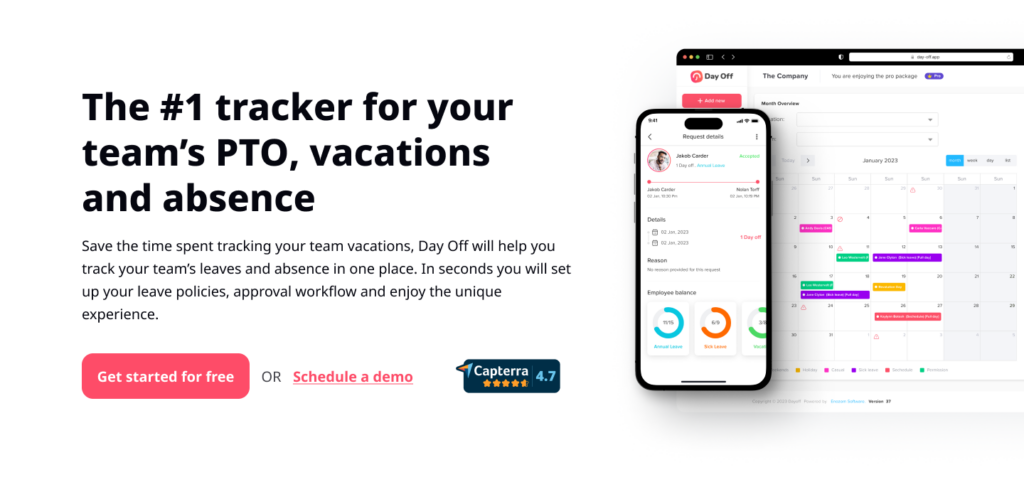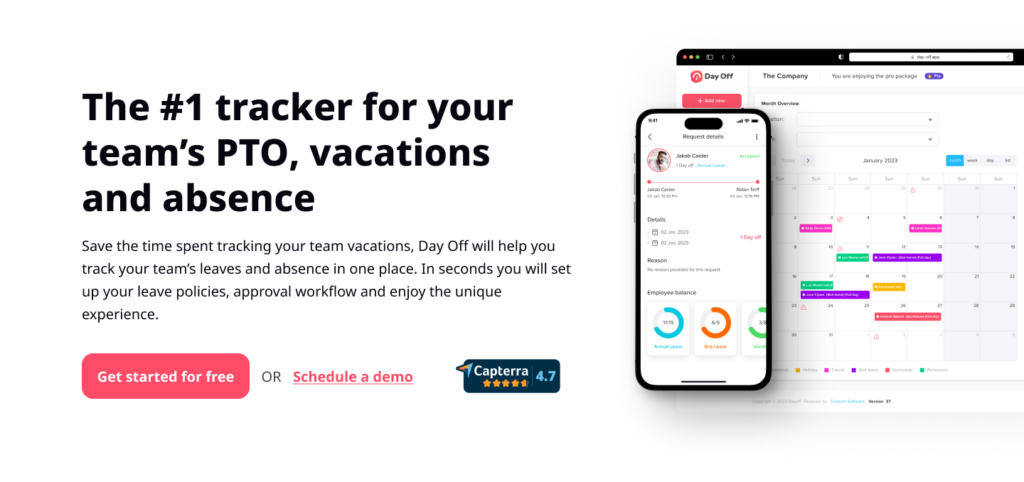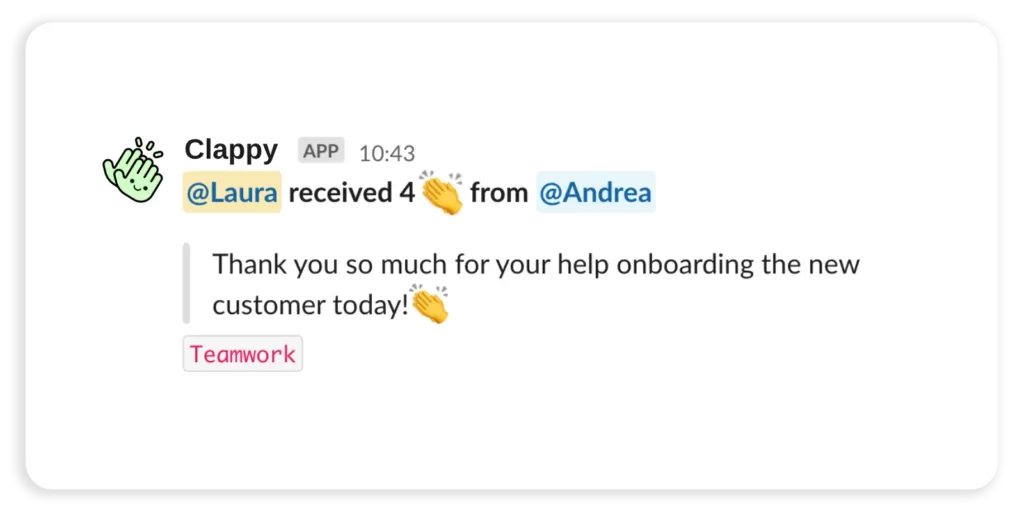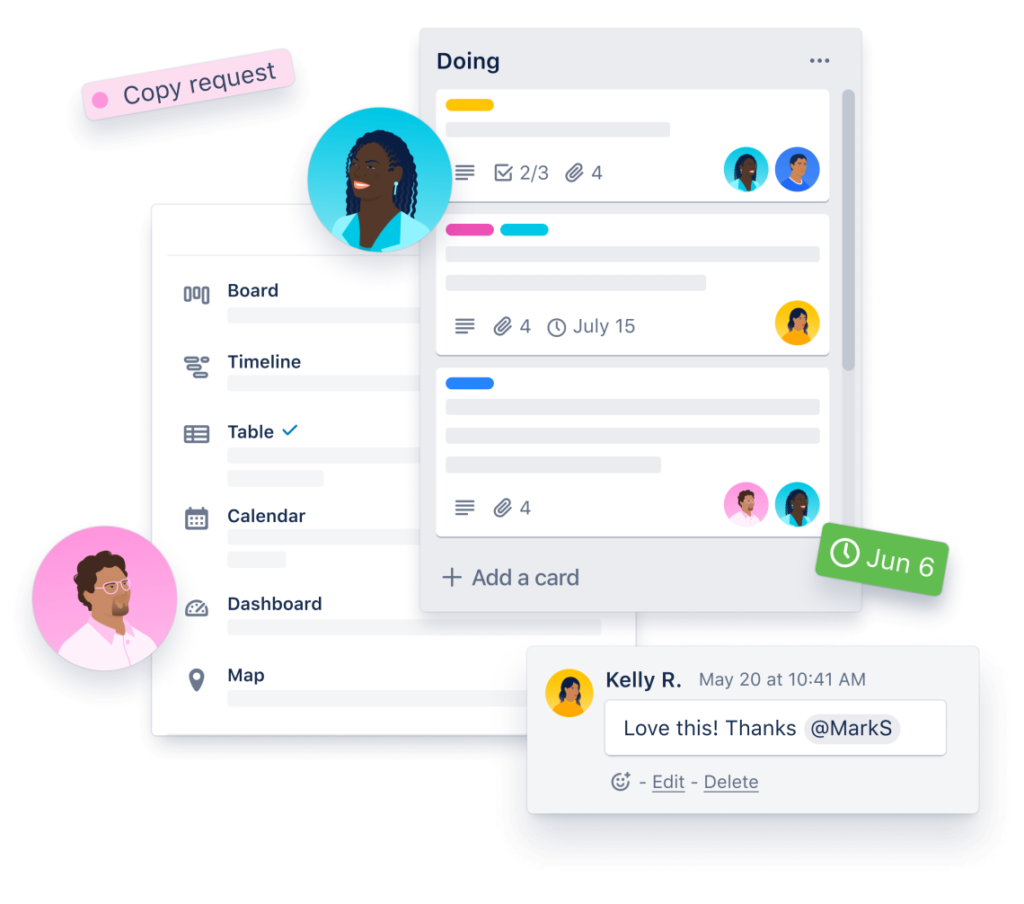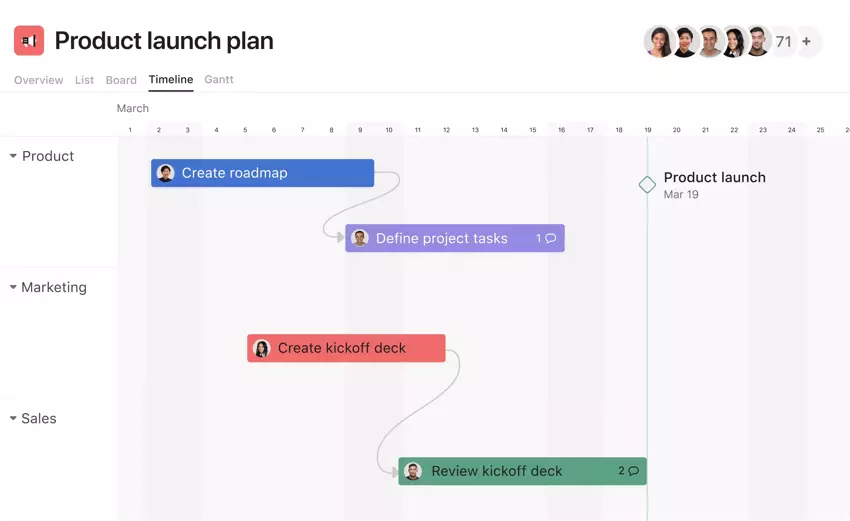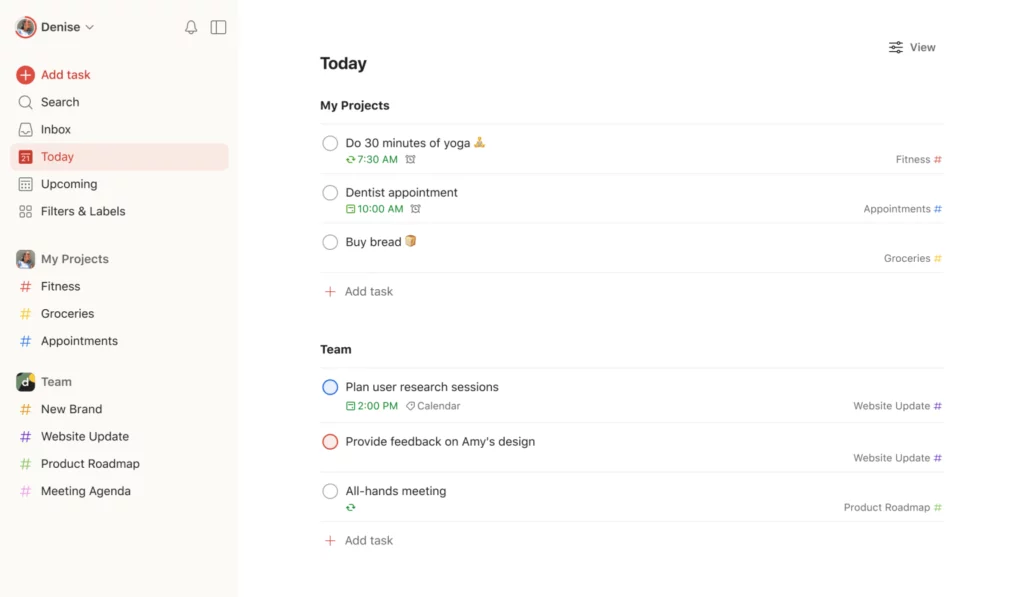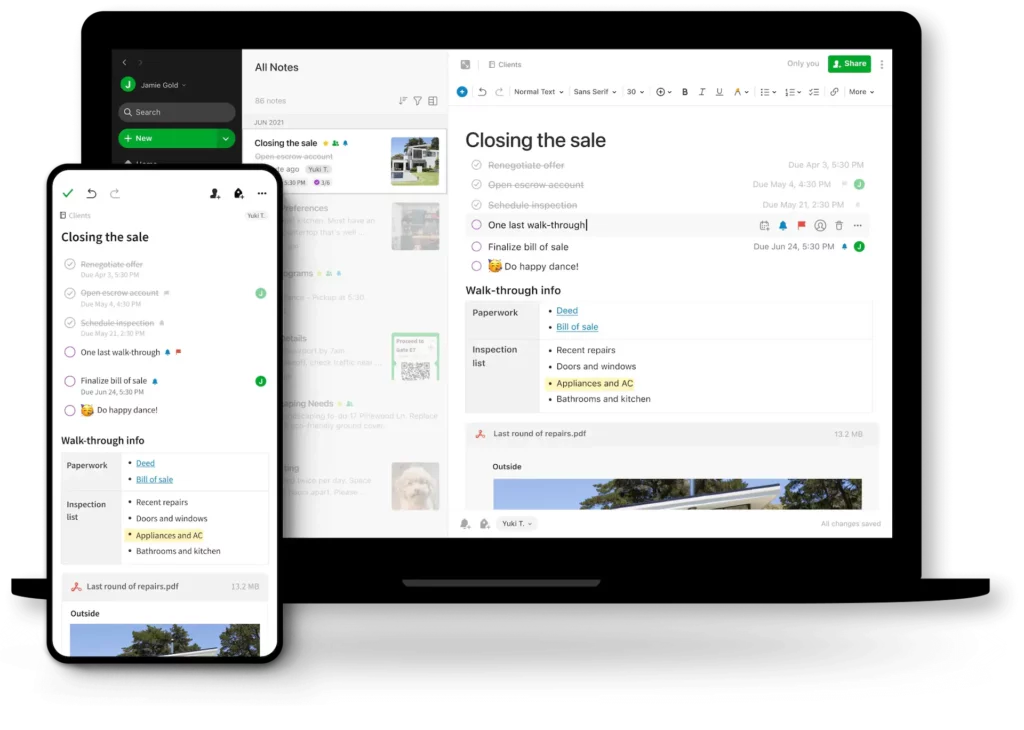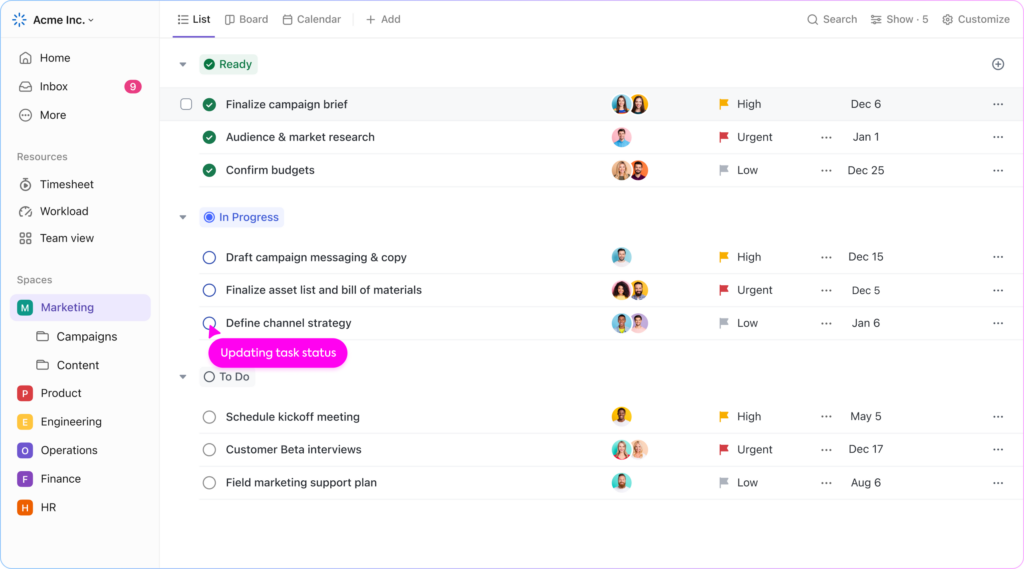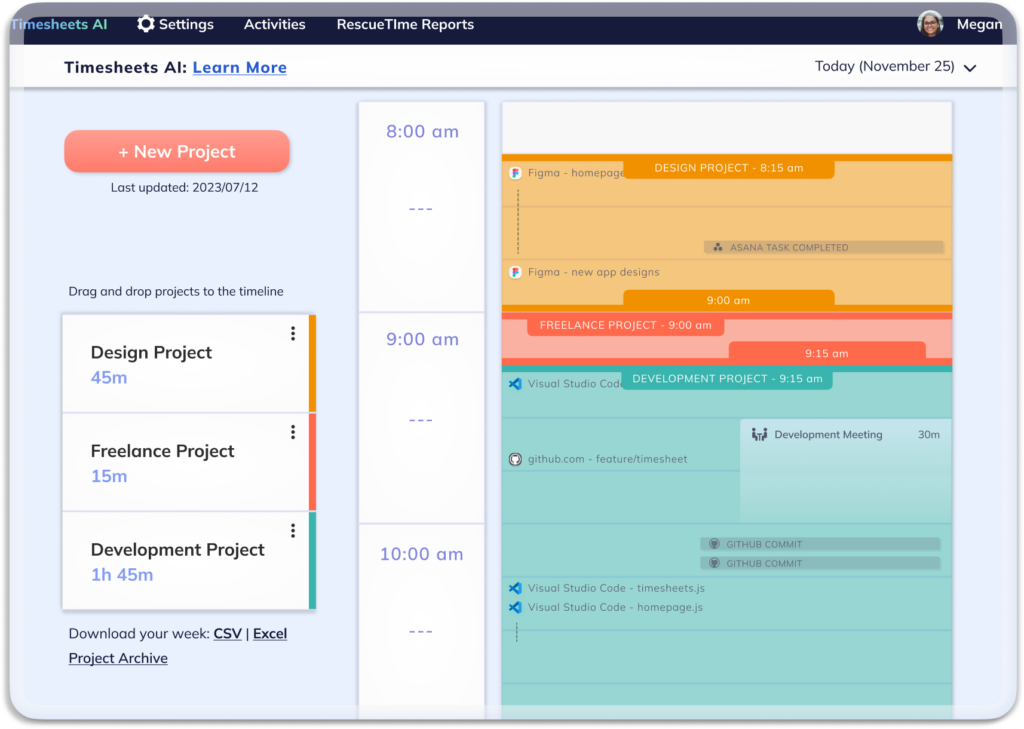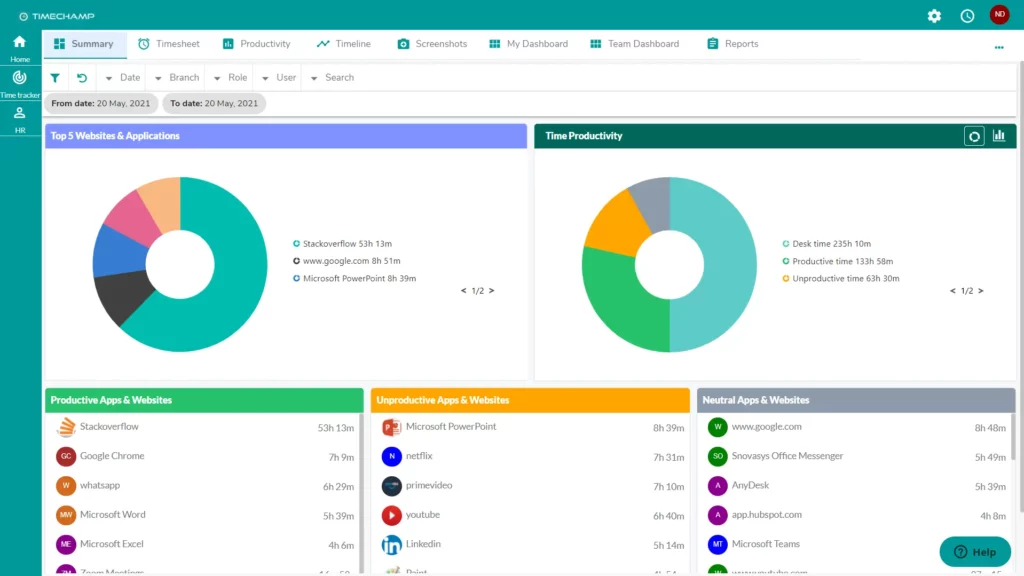Paid Time Off (PTO) is a crucial component of employee benefits, offering workers much-needed rest and relaxation. However, calculating prorated PTO can be a complex task, especially in workplaces with diverse employment schedules. This article aims to demystify the process, providing a clear, step-by-step guide to calculating prorated PTO.
Understanding Prorated PTO
Prorated PTO refers to the amount of paid leave an employee is entitled to, adjusted based on their work schedule or tenure. This calculation is often used for part-time employees, those who start or leave a job mid-year, or when changing work schedules.
Situations Requiring Prorated PTO Calculations
- New Employees: Calculating PTO for employees who join partway through the year.
- Part-Time Employees: Adjusting PTO for employees who work less than the standard full-time hours.
- Leaving Employees: Determining remaining PTO for employees who resign or are terminated.
Step-by-Step Guide to Calculating Prorated PTO
1. Determine the Standard PTO Policy
Begin by understanding your organization’s standard PTO policy. This usually involves a set number of days or hours granted to full-time employees annually.
2. Assess the Employee’s Work Schedule
Evaluate the employee’s work pattern. For part-time employees, understand their weekly hours compared to a full-time schedule.
3. Calculate Prorated PTO Based on Tenure
For employees who haven’t worked a full year:
- Step 1: Divide the total annual PTO by 12 (months) to get the monthly PTO rate.
- Step 2: Multiply this monthly rate by the number of months the employee will work in the year.
Example: An employee with 15 days annual PTO starting in April would have 9 months of employment in the year. The prorated PTO is (15 days / 12 months) * 9 months = 11.25 days.
4. Adjust for Part-Time Schedules
- Step 1: Determine the percentage of a full-time schedule the employee works.
- Step 2: Multiply the standard PTO by this percentage.
Example: For a part-time employee working 20 hours a week (50% of a 40-hour week), with a standard 15 days PTO: 15 days * 50% = 7.5 days.
5. Combine Tenure and Schedule Adjustments for Accurate Proration
In cases where both tenure and part-time schedules affect PTO, combine the calculations from Steps 3 and 4.
6. Consider Legal and Policy Constraints
Be aware of local labor laws and organizational policies that might impact PTO calculations. Some jurisdictions have specific rules regarding PTO accrual and usage.
Best Practices and Considerations
- Automate Calculations: Utilize HR software to automate and reduce errors in PTO calculations.
- Clear Communication: Ensure employees understand how their PTO is calculated.
- Regular Reviews: Regularly review and adjust policies to align with legal changes and organizational needs.
- Equitable Policies: Strive for fairness in PTO policies to maintain employee morale and prevent discrimination.
Case Study 1: Part-Time Employee
Scenario: Emma works part-time, 20 hours per week, in a company where full-time employees (40 hours per week) receive 15 days of PTO annually.
Calculation:
- Determine Full-Time PTO Equivalent: Full-time PTO is 15 days.
- Calculate Part-Time Work Ratio: Emma works 50% of a full-time schedule (20/40 hours).
- Apply Ratio to Full-Time PTO: Prorated PTO for Emma is 50% of 15 days = 7.5 days.
Case Study 2: Mid-Year Joining
Scenario: John joins a company on July 1st. The company offers 18 days of PTO per year for full-time employees.
Calculation:
- Annual PTO for Full-Time: 18 days.
- Calculate Employment Duration for the Year: John will work for 6 months (July to December).
- Monthly PTO Accrual Rate: 18 days / 12 months = 1.5 days per month.
- Prorated PTO for Employment Duration: 1.5 days/month * 6 months = 9 days.
Case Study 3: Employee Exiting Mid-Year
Scenario: Alice, who has an annual entitlement of 12 PTO days, decides to leave the company at the end of June.
Calculation:
- Annual PTO Entitlement: 12 days.
- Calculate Worked Duration for the Year: Alice worked for 6 months.
- Monthly PTO Accrual Rate: 12 days / 12 months = 1 day per month.
- Prorated PTO for Worked Duration: 1 day/month * 6 months = 6 days.
Additional Considerations
- Unused PTO: Discuss how unused PTO is managed, whether it’s paid out or lost upon leaving the company.
- Policy Variations: Highlight how different company policies or local laws might affect these calculations.
- PTO Accrual Cap: Some companies have a cap on how much PTO can be accrued; this could be relevant in the case of long-term employees.
Conclusion
Prorated PTO calculation is an essential skill in HR management. By following the steps outlined, HR professionals can ensure accurate and fair allocation of PTO, contributing to a transparent and positive workplace culture. Remember, while these guidelines provide a general framework, always tailor them to the specific context of your organization and stay informed about relevant labor laws.



